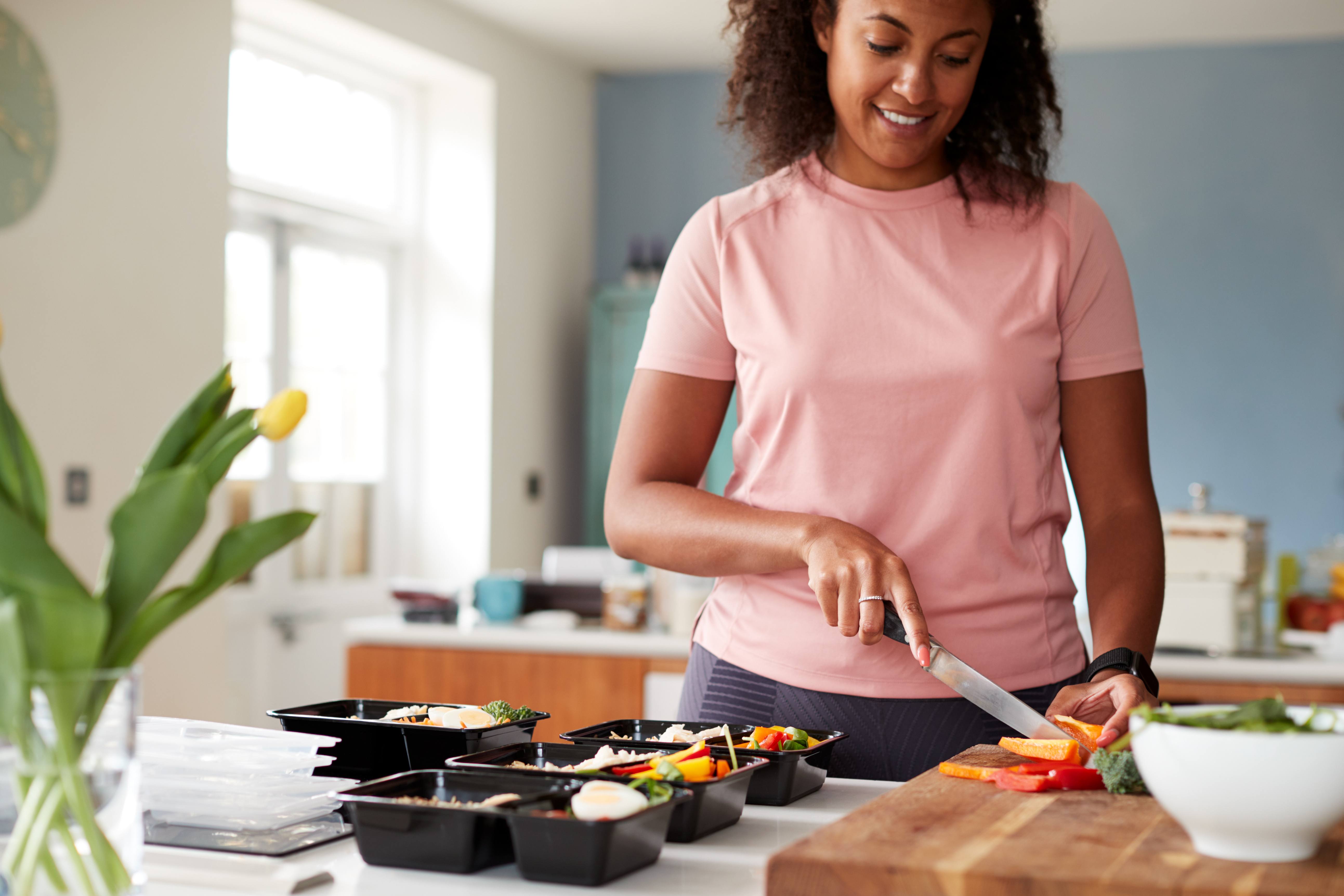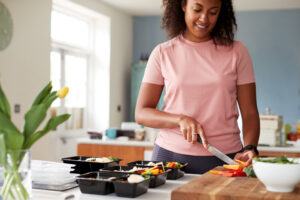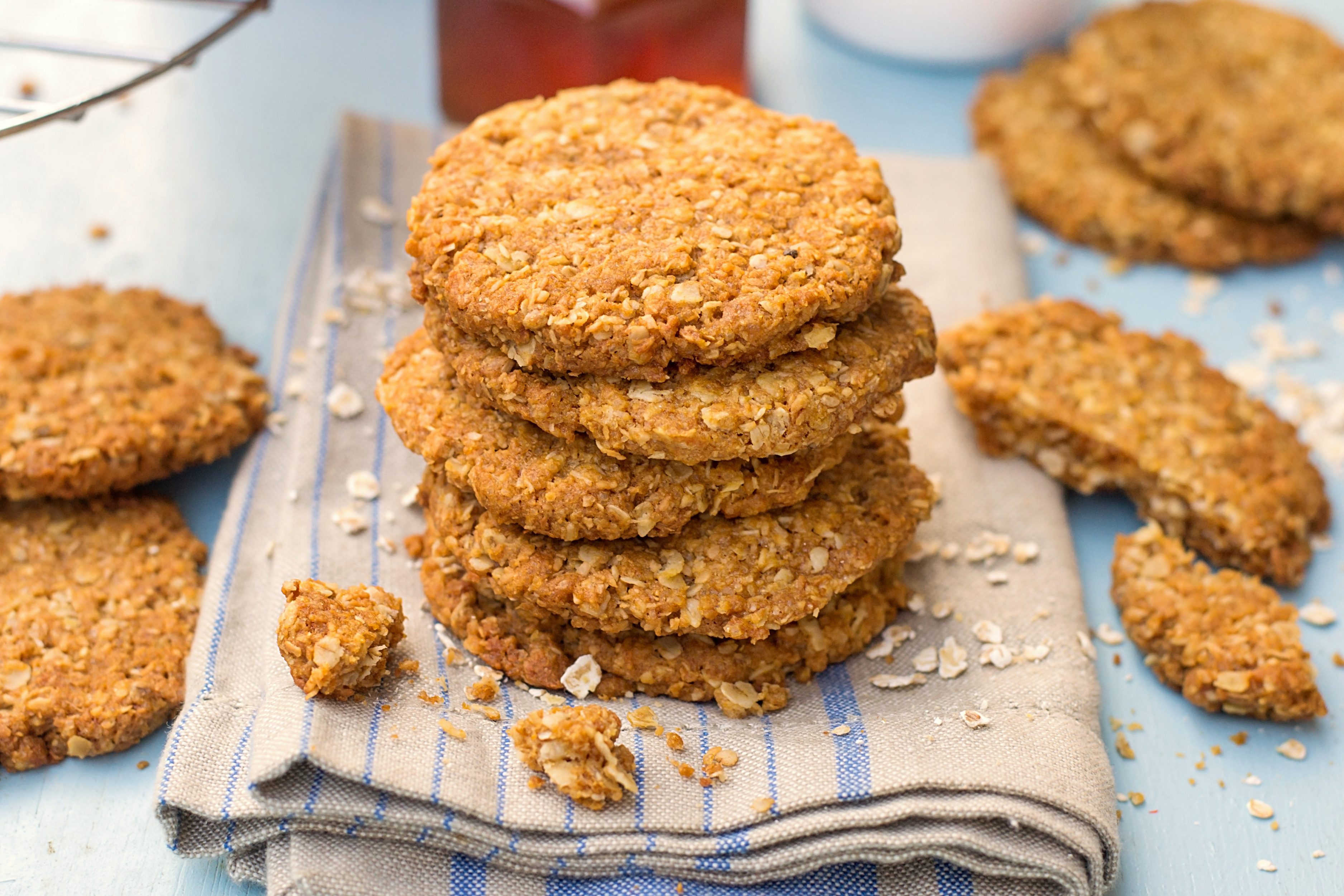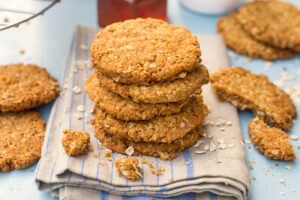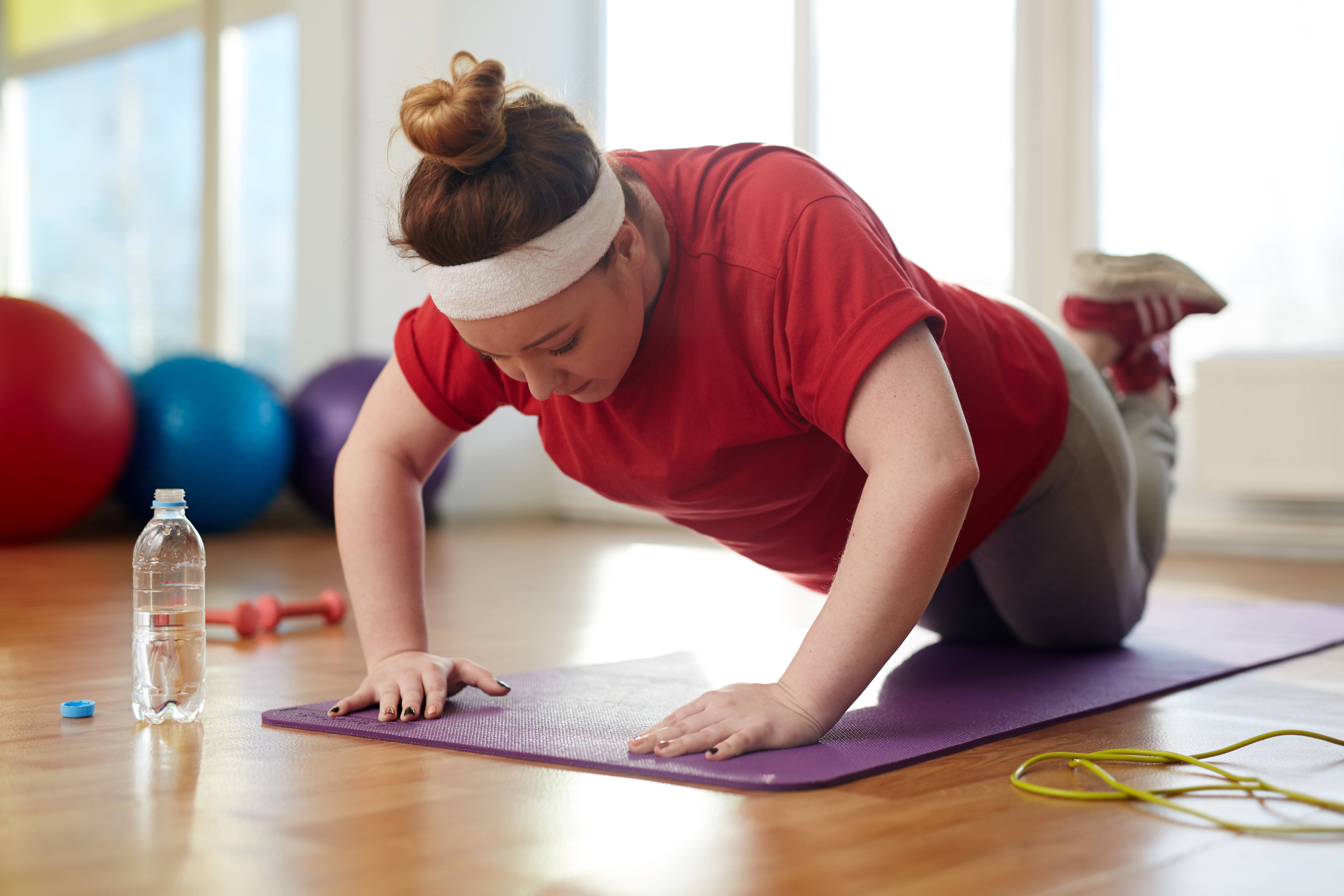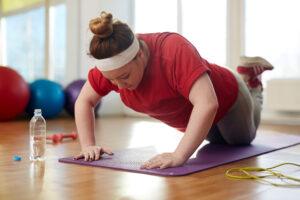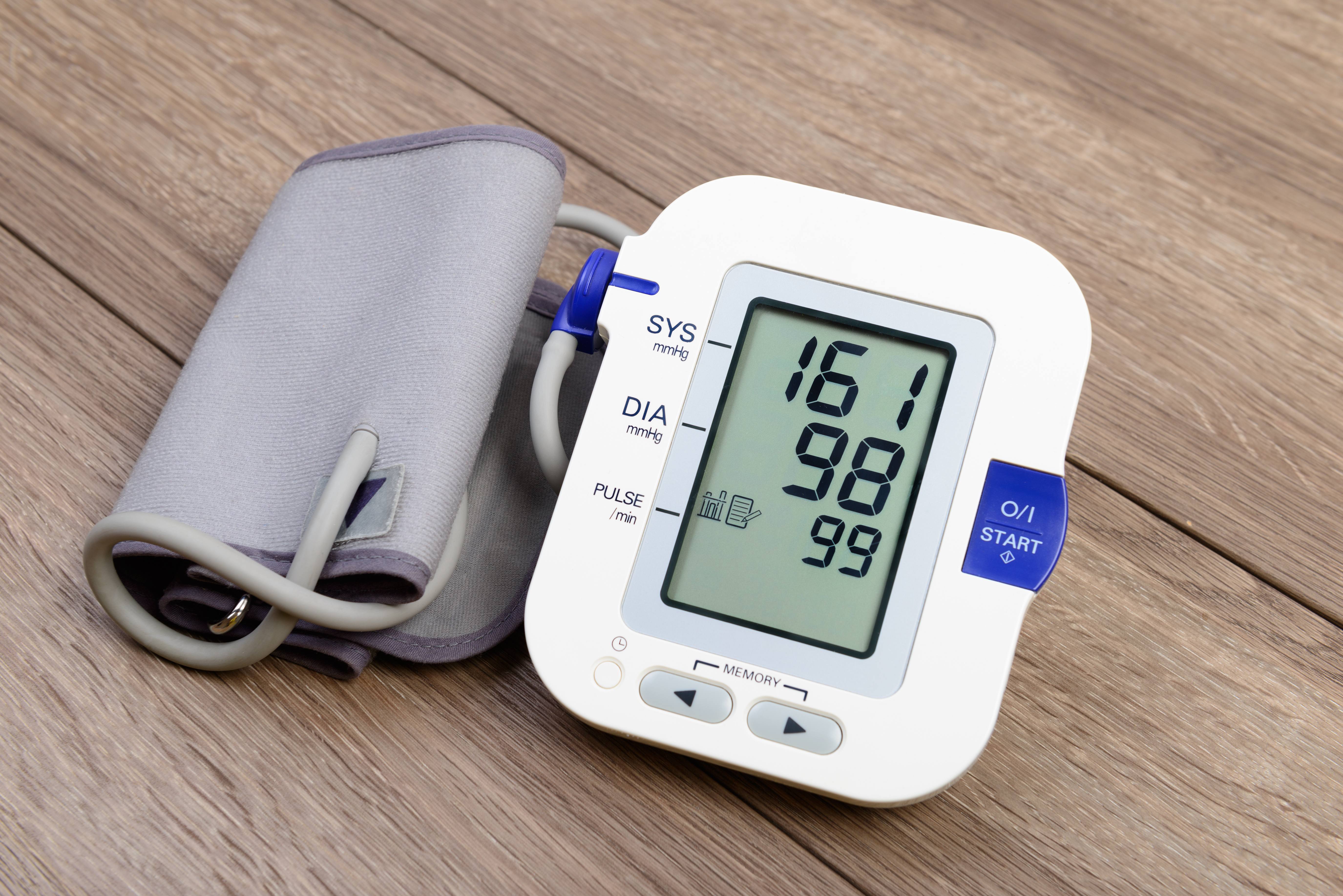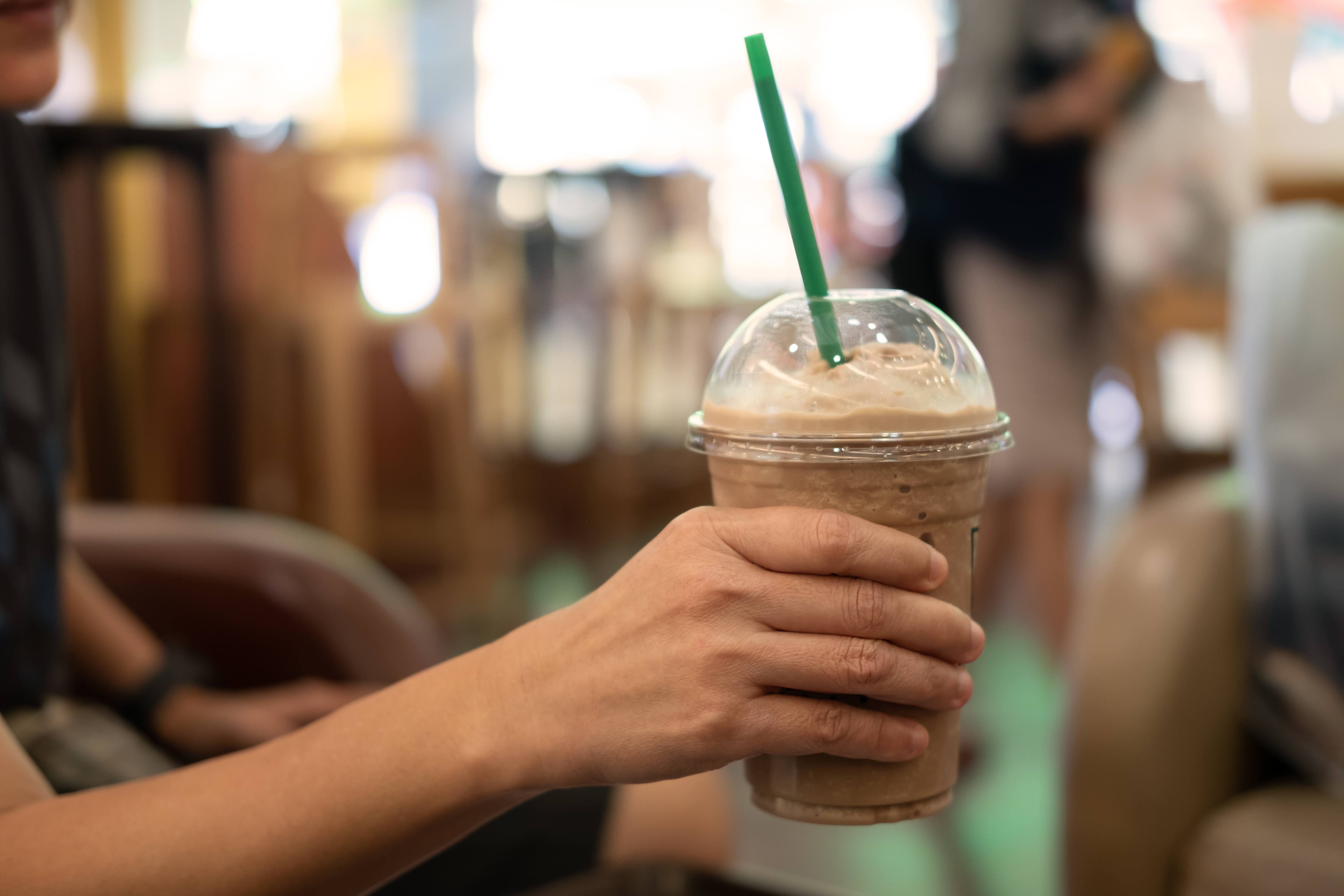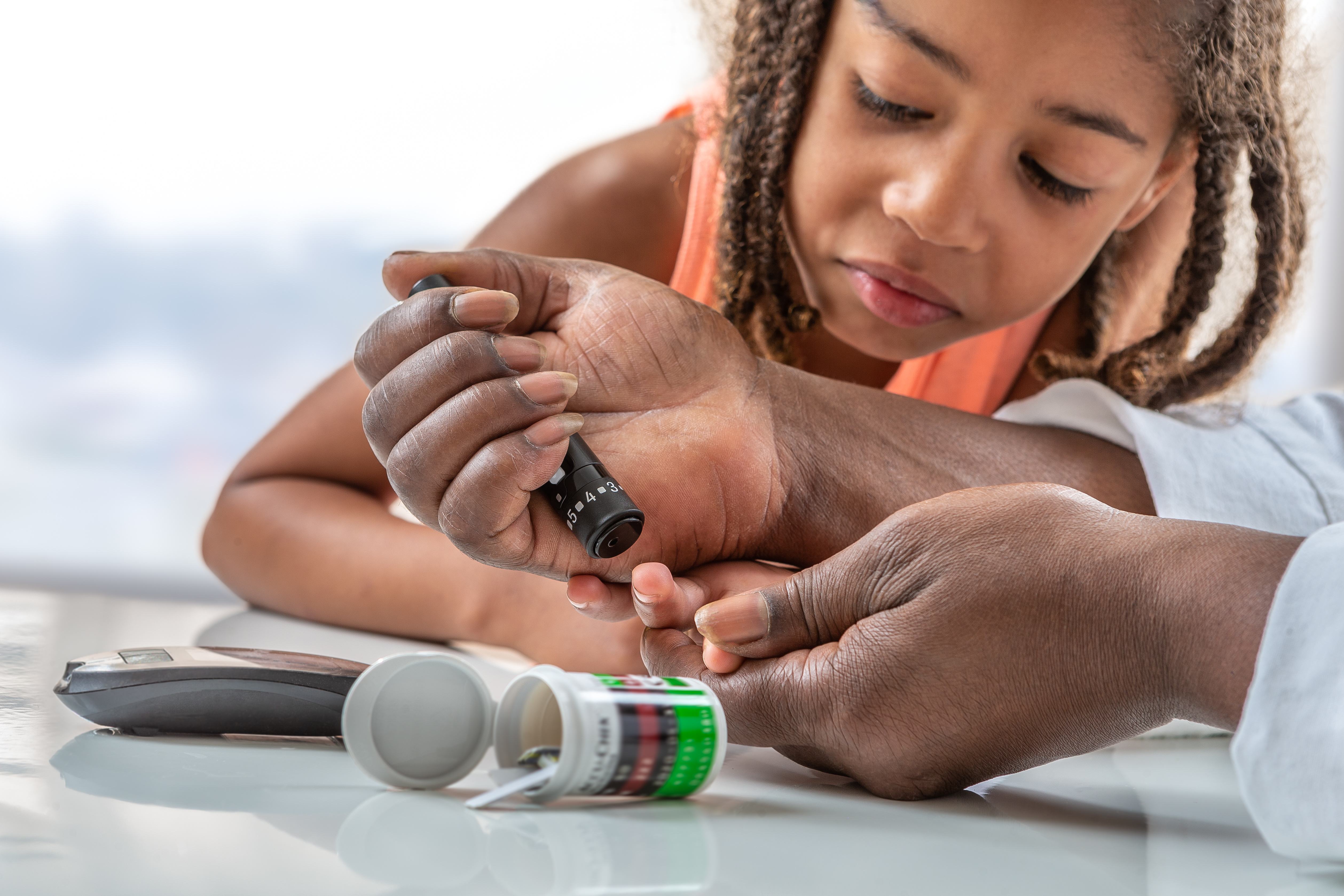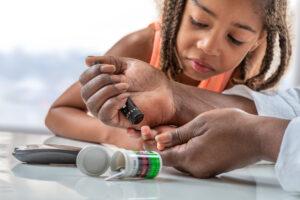Top 5 Portion Control Containers To Buy For Weight Loss
Reach your desired weight loss goals with these quality and trending portion control containers!
If you are in the market for portion control containers you’ve come to the right place. In this article, we show the best features to look out for when shopping for these products.
Whether plastic or glass, of course depending on your preference; many portion control containers are reusable. They also come with measurements to help you make the right portion, which will help you achieve success in your weight loss journey.
But why use portion control containers in the first place?
Well, in this 21st century, so many people are struggling with weight problems. In fact, the majority of Americans want to lose weight and live a healthy life. One effective way of weight loss is limiting your intake of calories. This is exactly what the portion control containers are meant for.
The containers are meant to give you the exact required portions which minimize excess intake of certain foods or calories. The containers are easy to store and always portable, meaning you can take them with you anywhere, even for picnics at your favorite park. It is a good way to track your calories. At the end of day losing weight involves balancing your calories so that you expend more calories than you take in.
Essential Features For Good Portion Control Containers:
There are some essential features that all effective portion containers have, and knowing how to identify them will help you make the right purchasing decision. To identify the best containers to buy, look out for the following features:
It should be easy to use:
These portion control containers should be easy to use, such that any individual can access and use them at their own convenience, regardless of age.
It should be portable:
For the best experience in your weight loss journey, limit your options for portion control containers to those that are portable. The containers must be able to be moved from one area to another with ease.
It should be easy to clean:
Since you will be using them on a daily basis with high possibility of getting dirty, the option you go for should be easy to clean to maintain hygiene. Remember, the containers are used for human consumables; as such, they must always be clean.
It should be durable:
Durability is of course a very important factor to consider. With the movements and regular use, these portion control containers must be durable enough to guarantee extensive use without tear or wear.
It should be Cost effective
The issue of price is one that cannot be avoided. When shopping for portion control containers, limit your options to those containers that are cost effective to fit in your budget. They shouldn’t be highly priced, unless you want the premium products. The right option is that which you can comfortably afford. Remember, you want to lose weight, not money.
Another factor to consider is that, it should be free from harmful chemical substances or materials. Since these are being used to portion food, the container should be free from any harmful components.
Top 5 Best Portion Control Containers for Weight Loss: Reviewed & Compared
| Product | Brand | Best Feature | Validation | Price
|
| EfficientNutrition PCC | Efficient Nutrition | Budget Friendly | FDA Approved | Check Price |
| Fitbody Nation 21 Day PCC | Fitbody Nation | Recommended for Beginners | FDA Approved | Check Price |
| Evolutionize Meal Prep PCC | Evolutionize | Best Under-the-Radar | FDA Approved
CFIA Approved |
Check Price |
| M MCIRCO Glass Meal Prep PCC | M MCIRCO | Best Glass Containers | FDA Approved | Check Price |
| Smart You PCC | Smart You | Weight Loss Tracker | FDA Approved | Check Price |
#1 Best Budget-Friendly Portion Control Container: Efficient Nutrition PCC
With its low cost, Efficient Nutrition PCC is the best ideal container for weight loss on a budget. These 14piece colored containers are cheap and affordable, so you wouldn’t have to dig a hole in your p
Affordability isn’t the only thing making this unit a great option have for weight loss. It also has the following features:
It comes with a complete Portion Control Guide and a 21-day planner book, plus a recipe book as a bonus. With the printed grocery list, it makes grocery shopping an easy process. It also has detailed step by step instructions on how to measure daily calorie intake. The recipe book has over 50 pages of delicious recipes to use.
The unit has pre-measured colored containers which are based on the amounts of fruits, vegetables, healthy fats and cabs needed in each day. You just need to match your colour to your food plan for the ideal portion control sizes.
Efficient Nutrition PCC is also durable and easy to store. They are made from food grade safe plastic which makes it ideal for work place, traveling, and also for picnics. They are also perfect for all age groups, making them an ideal choice for the best budget-friendly portion control containers.
#2 Best for Beginners Portion Control Containers: Fitbody Nation 21 Day PCC
Fitbody Nation 21 Day PCC is 7pieces in total, which offers 21 days portion control that is ideal for weight loss, especially for beginners.
They c
Fitbody Nation 21 Day PCC also comes with complete weight management guide eBook that consists of 21-day meal planner, a weight loss guide, meal preparation recipes, grocery and food list suggestions, body measurement tracker, calorie target tally sheet, and a protein shaker recipe. There is also printable food list for each container, making it easy for grocery shopping.
The color and label codes also help you to prepare meals easily; what you put is what you will eat according to the color and label codes. They are also durable, can be used on microwave, dishwasher and are freezer safe. Furthermore, they are leak proof, which makes them easy to be carried from one area to another without food spillage.
The Fitbody Nation 21 Day PCC is a great option to buy, especially if you are just starting out on your weight loss journey. The unit is the best portion control container for beginners.
#3 Best Under-the-Radar Portion Control Containers: Evolutionize Meal Prep PCC
Evolutionize Meal Prep PCC are BPA-free certified, reusable, washable, and microwave usable plastic containers with lids best suited for weight loss food portions. They don’t reveal or show if you are on a weight loss journey since they look just like the normal plastic containers, keeping it a private affair.
These units are made in Canada, with safety as a priority. They use BPA free and CFC plastic materials to enhance safety. The lids also ensure the food is safe and free from contamination.
Furthermore, they are reusable and can be used on microwaves without lid, and also on freezers. They are also air tight, leak resistant and offer long lifespan which makes them more durable compared to other food containers in the market.
They are compact, lightweight and stackable, meaning they are ideal for packed meals. They also have double compartments for adapting different types of meal preparations and packaging. You just have to adjust through the meal preparations using these container sets. Evolutionize Meal Prep PCC is the best under-the-radar portion control containers.
#4 Best Glass Portion Control Containers: M MCIRCO Glass Meal Prep PCC
With its high quality Borosilicate Glass, M MCIRCO Glass Meal Prep PCC is strong and adjustable to temperature changes, making it the best glass portion control containers for weight loss.
They have airtight, smart locking lids which ensure your meal prep stays fresh and lasts longer than the normal plastic portion control containers. The lids do not wear out, break or leak, making preservation easier.
With their perfect size and value, they are perfect for weight loss meal prepping. They enable you to stay healthy and save time by preparing healthy meals for future use.
Furthermore, they are FDA certified, Food Grade Safe and BPA Free. They are also easy to use and maintain. They are also microwave safe, freezer safe, dishwasher safe and oven safe since they can accommodate over 500 degrees Fahrenheit of heat.
For better maintenance, you are advised to take off the lids while using them on dishwasher, oven or microwave. The M MCIRCO Glass Meal Prep PCC is a good option to buy since they are the best glass portion control container.
#5 Best Weight Loss Tracker Portion Control Container: Smart You PCC
Smart You PCC are7Pieces, 21 days portion control containers for weight loss with nutrition diet and multi coded weight loss system. It comes with complete guide plus PDF Planner, Recipe E-book, and a tape measure. This 7-piece portion set allows you to observe, manage and maintain a balanced diet on a daily basis, which will eventually lead you to track your weight loss journey.
T
This unit is made from premium grade polypropylene, making them long lasting. They can also be used on freezers, dishwasher and microwaves without wear or tear. They are also secure and leak proof, creating fewer worries on spillage and contamination.
Smart You PCC comes with free bonuses, which include: Free Guides, Tape Measure, Recipe eBook and an interactive 21 days meal planner which help you attain a healthy, nutritional, and balanced results focused lifestyle that enables weight loss; making you look great.
Final Advice:
There are several portion control containers for weight loss available on the market. We have chosen the best five above to guide you to make your best choice according to your need and budget.
However, we recommend the Efficient Nutrition PCC because of its many advantages, which include: lower pricing for 14 piece set giving you 21 days planner meal, printed grocery list, eBook Recipe and many more other benefits as illustrated above.
Go through the above list and decide what best fits your need before hitting the market to make a purchase.
